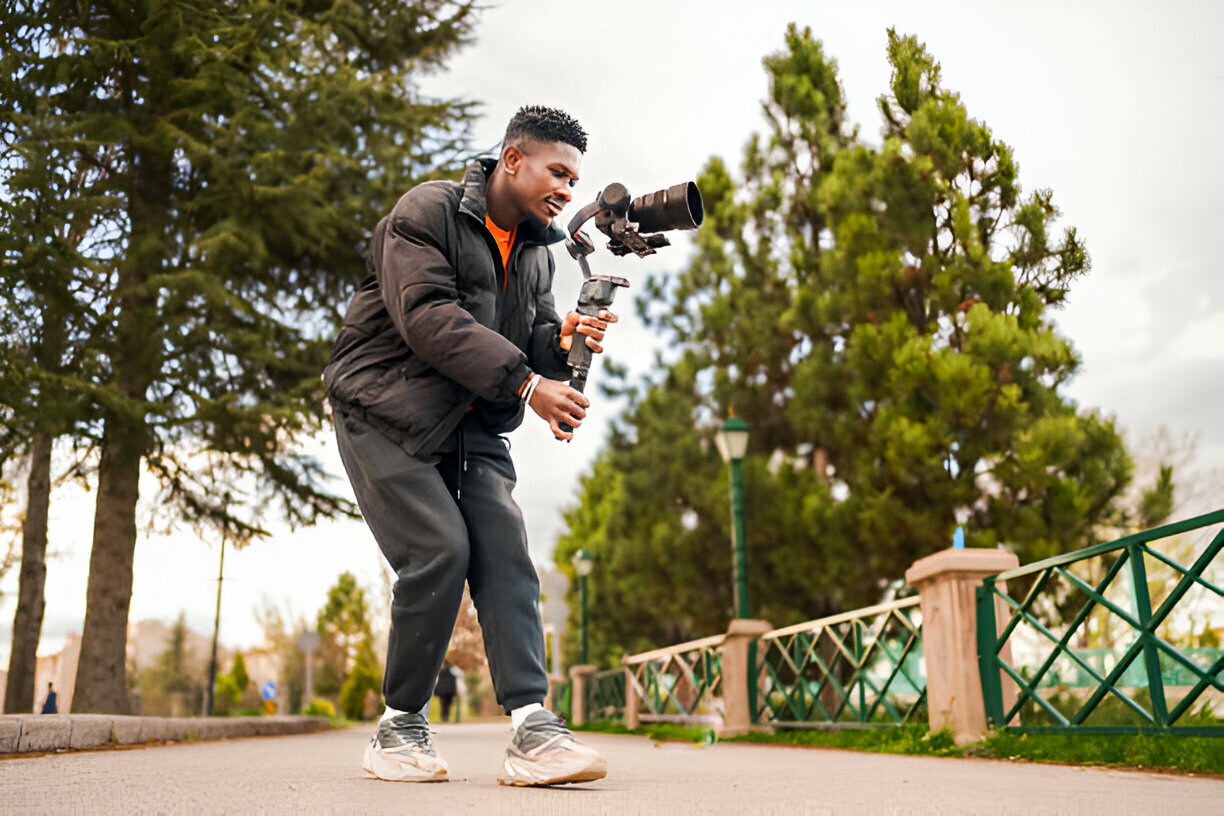Which Equipment Is Used to Stabilize Cameras in Video Production?
Camera stabilization is very important in video production. It helps capture smooth and steady shots. Shaky footage can spoil even the best scenes. Using the right equipment stops this problem.
Stabilizers are used by both pros and newbies to make their videos better. The stabilizers make your videos seem better, whether you create movies, YouTube videos, or shoot events. They make everything look neat and professional.
In this article, we’ll show you the best equipment for stabilizing cameras that you can buy right now. We will also provide you with helpful tips on how to pick the proper tools for your requirements.
Importance of Camera Stabilization
The camera stabilization makes your recordings seem smooth and professional. In the absence of it, the video might be blurry and hard to see. Even small hand movements can spoil a good shot.
Stabilizers keep the camera steady, making videos easier to watch. They are very useful during action scenes or when moving the camera. Good stabilization improves clarity and focus.
It helps viewers enjoy the video more. That’s why stabilizing your camera is key for any video, from movies to vlogs.
10 Common Types of Camera Stabilizing Equipment
Here are the most common types of stabilizers. Each one has a special use and fits different shooting styles.
-
Tripods
The tripods are basic and all-around stabilizers. They have three legs that keep the camera stable. It’s great for pictures when the camera doesn’t move, such as in interviews or landscapes.
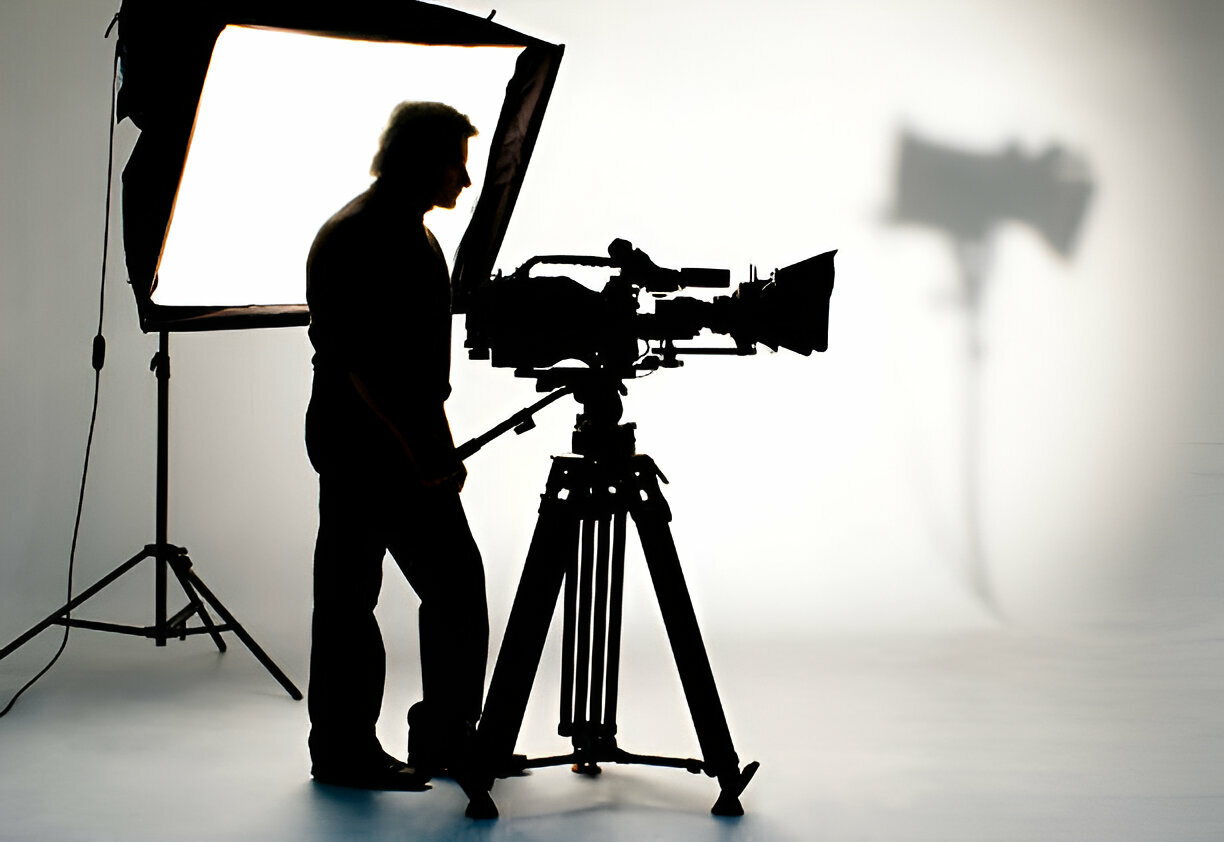
The tripods that stand up are strong and can be used inside and outside. These characteristics make them great for making all kinds of videos.
-
Monopods
A monopod has one leg. These are light and easy to carry around. Their setup process is quick and clear. Tripods are more stable than monopods, but monopods are easy to transport.
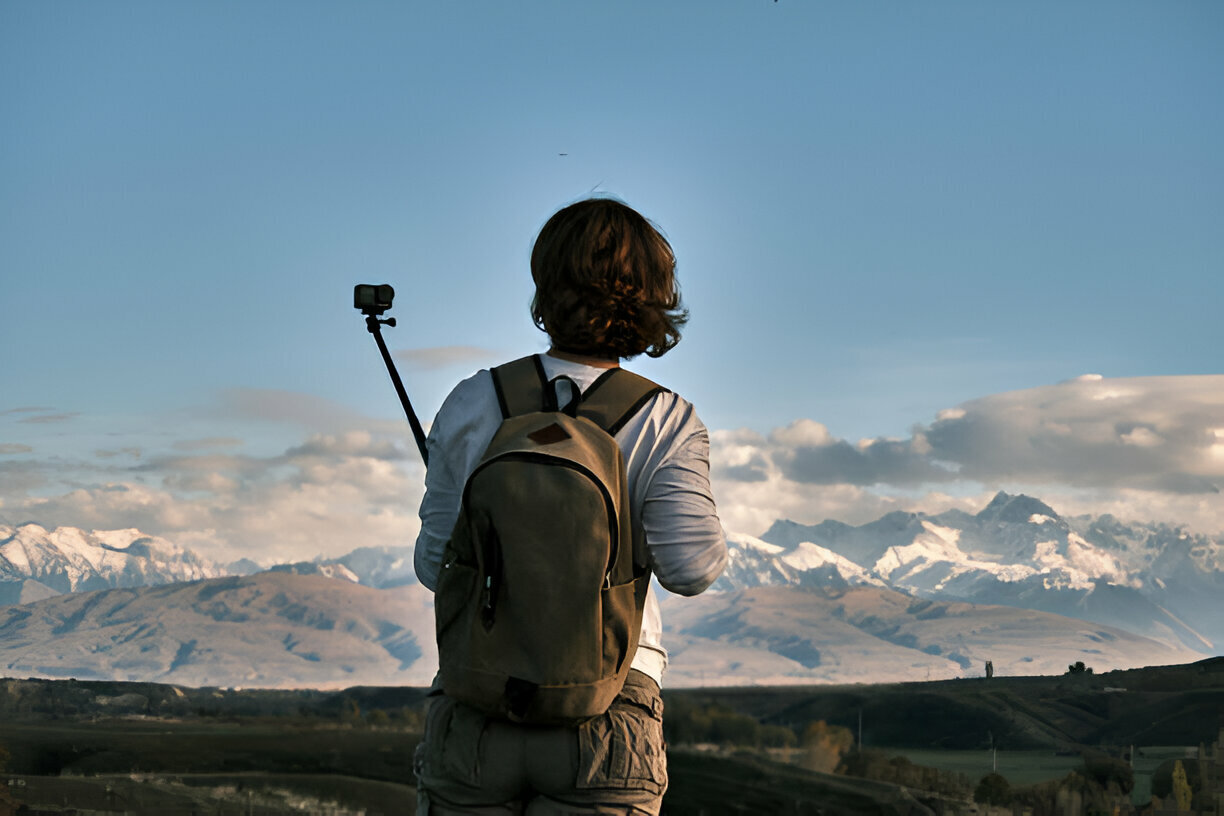
These are great for taking pictures of sports and animals. You can follow fast action smoothly. Monopods help capture steady shots during quick scenes.
-
Gimbals
Gimbals use motors to keep your camera balanced. They help you move smoothly while filming. It is perfect for situations with motion and walking.
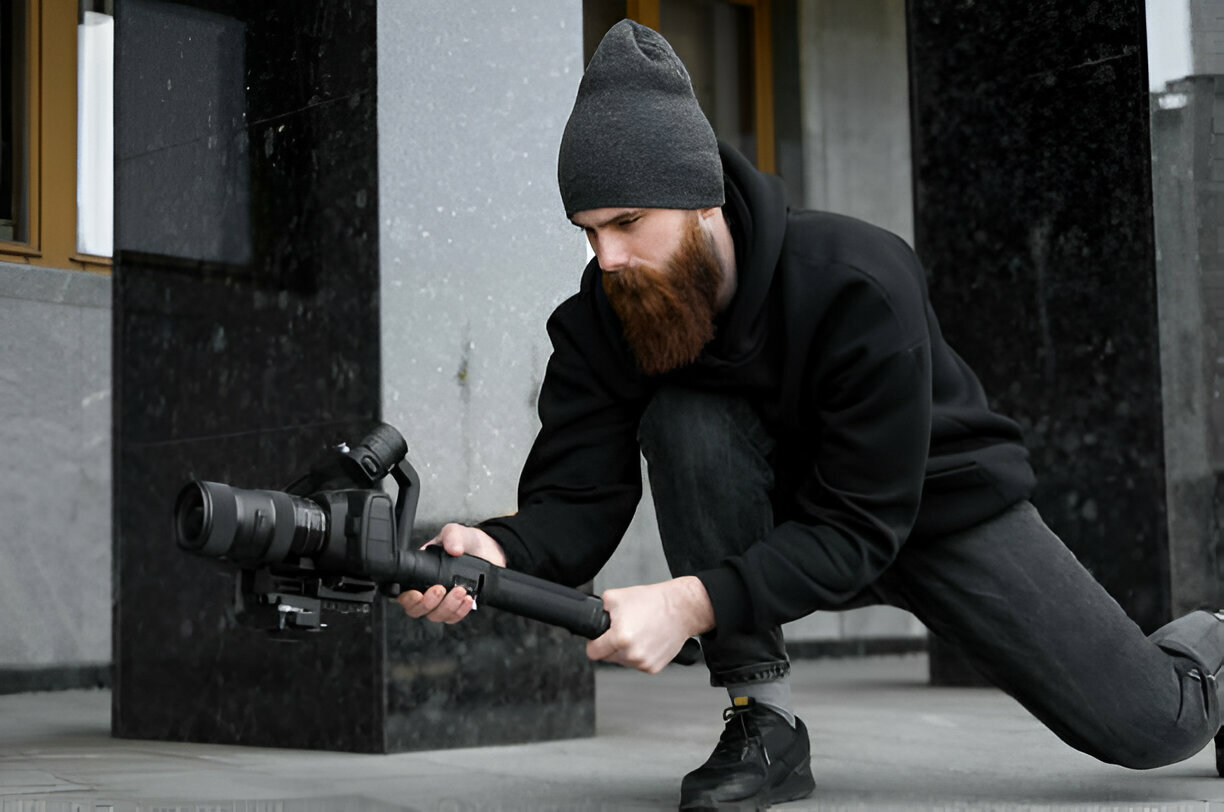
You can roll, pan, or tilt the camera without it shaking. Gimbals work nicely with both cellphones and DSLRs. They make videos look steady and professional.
-
Steadicams
Steadicams are worn by the user. They balance the camera using weights and support arms. This helps keep the camera steady during walking or running.
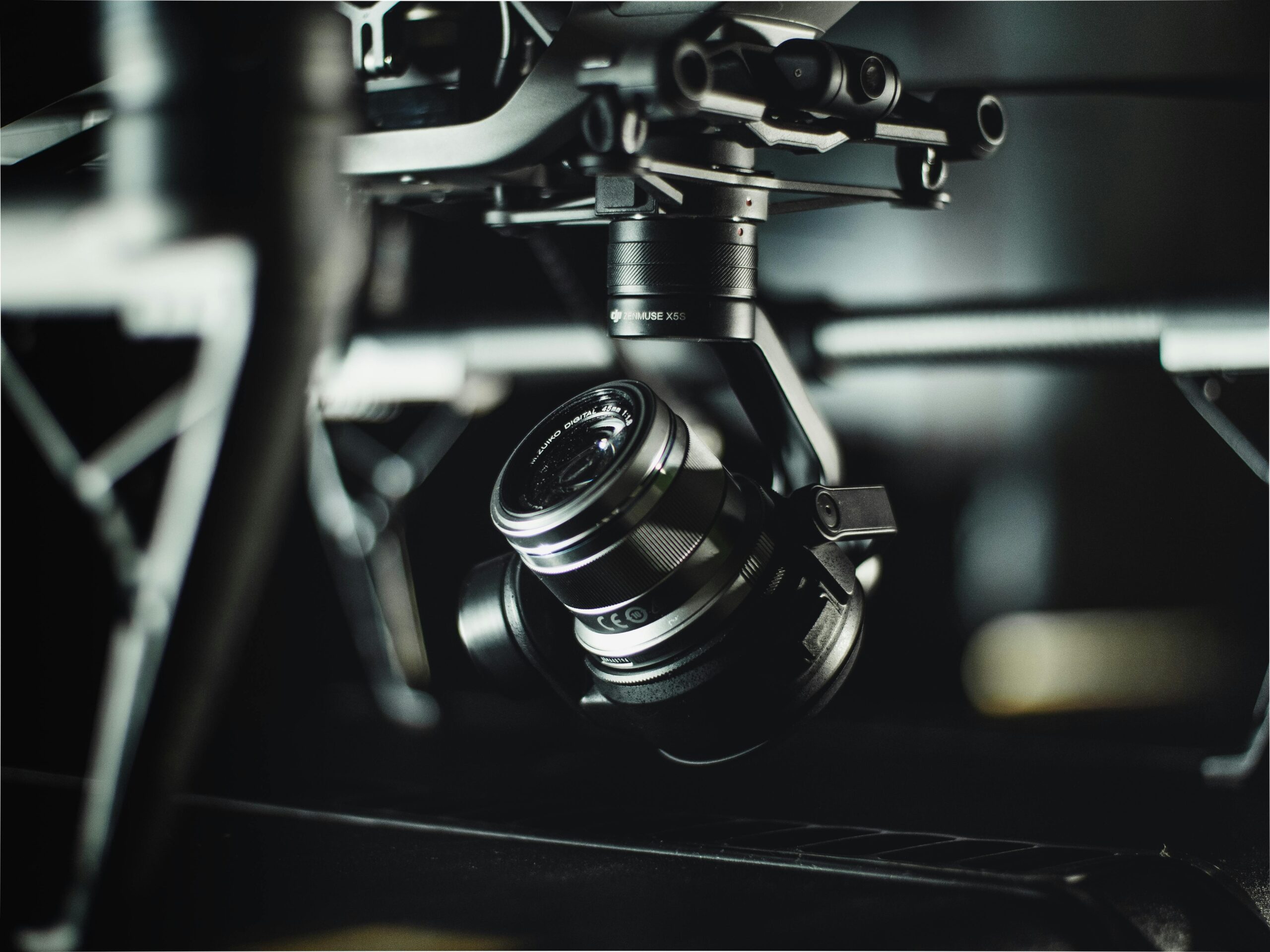
![]()
S![]() teadicams reduce bounce and shake. They are popular in movies and live events. These devices allow smooth, cinematic motion with great control.
teadicams reduce bounce and shake. They are popular in movies and live events. These devices allow smooth, cinematic motion with great control.
-
Sliders
Sliders help your camera move smoothly on a track. They allow side-to-side or forward-and-back movements. You can create slow, steady shots with sliders.
These are great for interviews, product videos, and movie series. A slider helps your video seem professional and polished. It adds smooth motion to your videos.
-
Shoulder Rigs
Shoulder rigs rest on your shoulder for support. They help keep the camera steady during handheld shooting. You can move freely while using them.
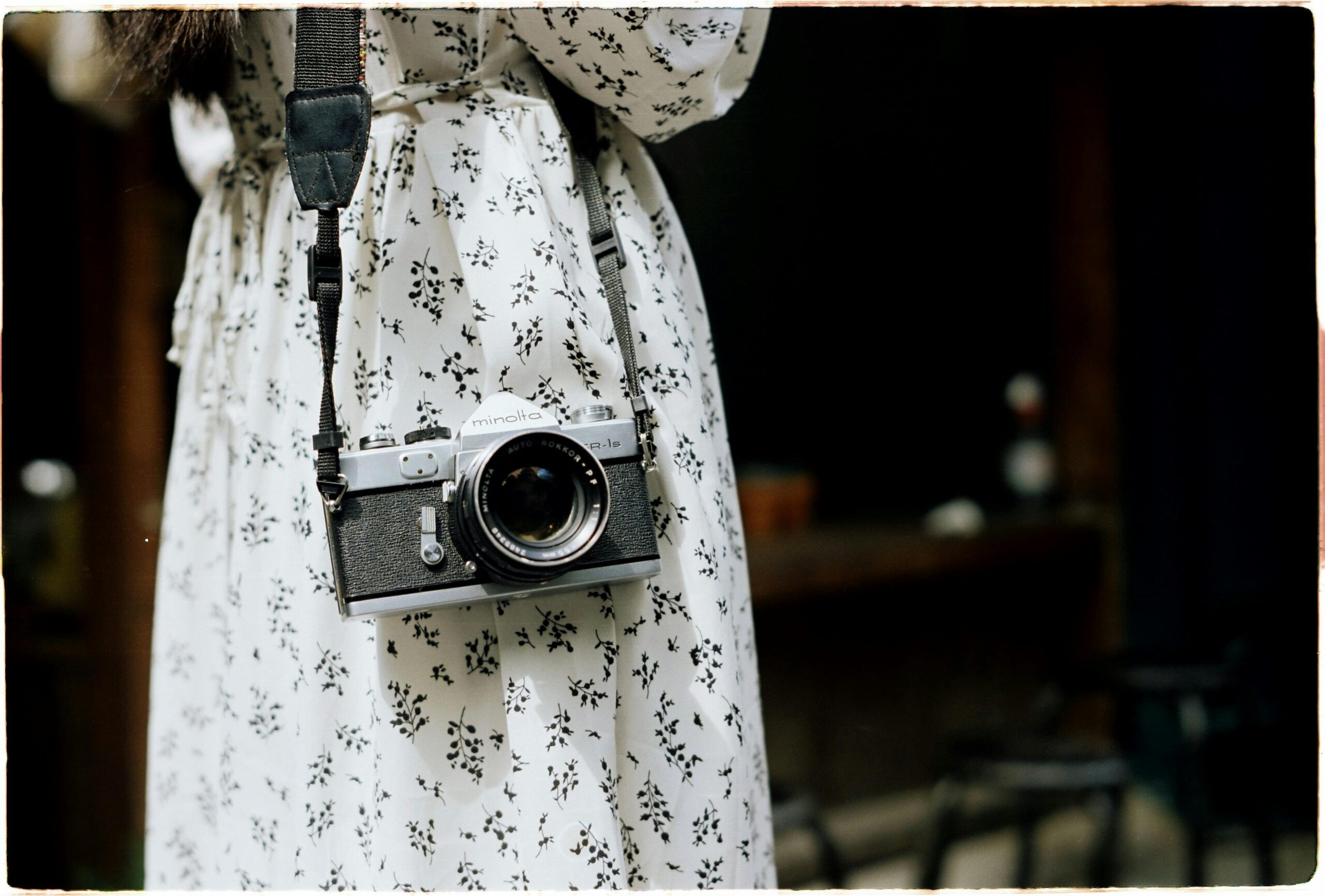
Shoulder rigs are perfect for documentaries and fast-paced filming. They spread the camera’s weight evenly. This reduces shaking and makes shooting easier.
-
Camera Cages
Camera cages surround the camera with a protective frame. They provide extra handles and mount points. So, it is easy to keep the camera still.
You can place lights, microphones, or monitors in the cage because of this. Camera cages improve grip and reduce small shakes. They are perfect for handheld shooting.
-
Drones with Gimbals
Drones with gimbals are used to capture aerial shots. The rotating gimbal keeps the camera still as the drone flies. It stops the video from shaking.
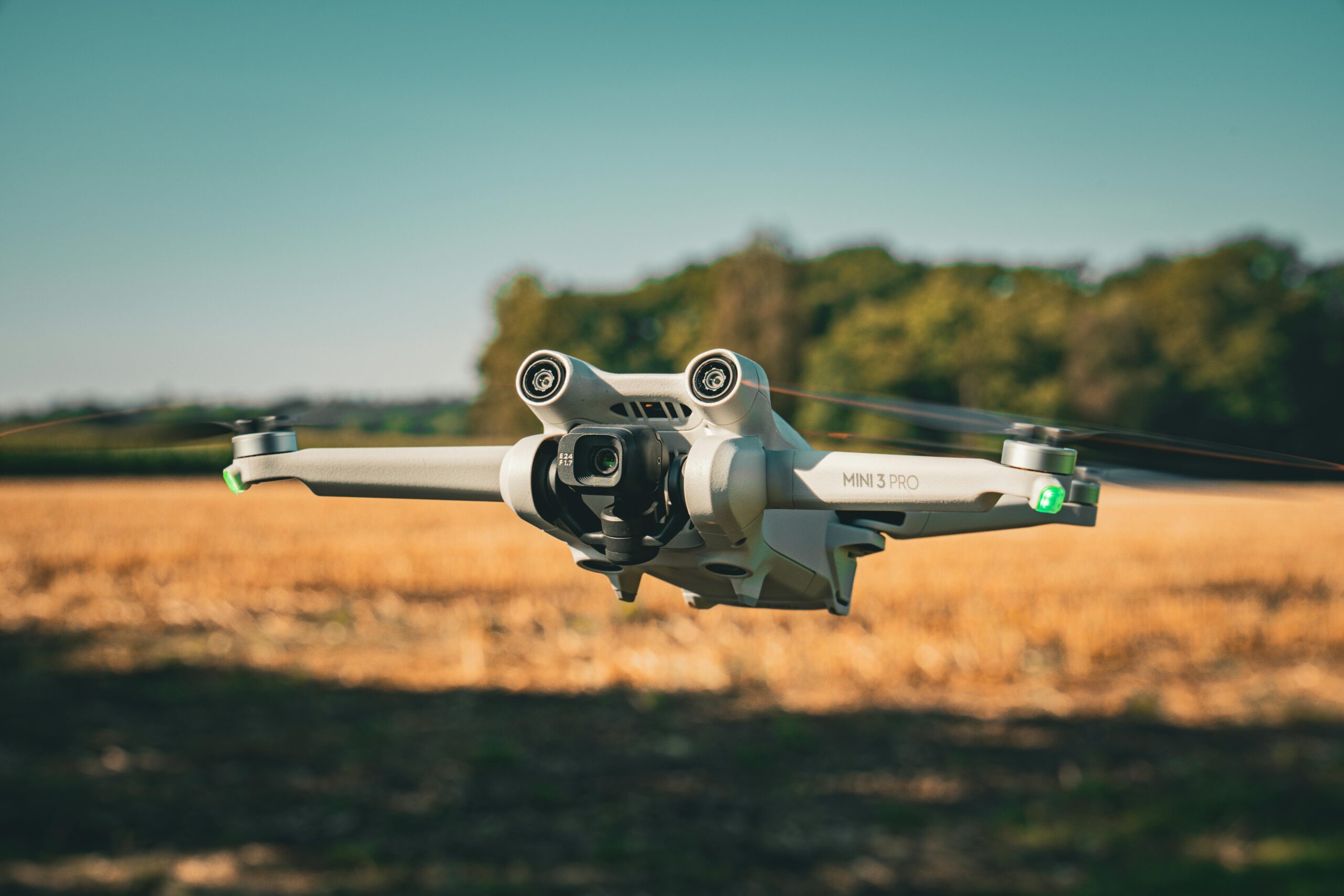
Drones are great for capturing landscapes, travel, and action scenes from above. Gimbal drones keep videos smooth and clear, even at high speeds.
-
Sliders and Dollies
Dollies are small carts with wheels that carry the camera. They allow smooth, steady movement during shots. When combined with sliders, dollies create longer, flowing camera moves.
They are often used in studios and film sets. Dollies help capture professional tracking shots. These shots add drama to simple scenes.
-
Handheld Camera Stabilizers
These stabilizers are simple handheld tools. They balance the camera with counterweights. These tools cost less than gimbals but still give a smooth motion.
They are perfect for walking shots and vlogs. They are light, portable, and easy to use on the go.
How to Choose the Best Camera Stabilization Equipment?
Your choice of stabilizer depends on the type of video you make. A tripod is enough for simple interviews. For action scenes, a gimbal works better. Check your camera’s weight and if the stabilizer fits it.
Your budget is important too. Lightweight stabilizers are easier to carry. Heavier ones give more control.
Consider where you will shoot, like indoors, outside, or while moving. Choosing the right stabilizer makes the videos seem smooth and professional.
Key Tips for Getting the Best Stabilized Shots
Using the right equipment is important, but technique is equally important. Here are some tips to get the amazing stabilized shots:
- Hold the camera close to your body for better control.
- Take slow, steady steps while moving.
- Use both hands to keep the gear balanced.
- Practice your shots before recording.
- Keep your elbows tight to reduce hand shaking.
- Adjust your breathing during movement.
- Use neck straps or wrist support when needed.
- Use camera settings like slow shutter speed carefully.
- Try software stabilization in editing for extra smoothness.
- Always plan your movements in advance.
New Trends in Camera Stabilization
The camera stabilization has come quite a way in the last several years. Modern gimbals use smart sensors and AI to adjust in real time. Some gimbals can follow faces or objects automatically.
Lightweight carbon fiber stabilizers are easier to carry. Drones now have better GPS and 3-axis gimbals for smoother flight. Mobile phones include built-in stabilizers, too.
These new technologies help everyone shoot stable and professional videos. These things make it easier to get smooth footage with less work and more imagination.
Conclusion
Smooth and professional videos require good camera stabilization. Tripods, gimbals, sliders, and drones are popular choices. Every piece of equipment works best for certain shots and styles.
Your decision depends on your budget, needs, and the type of video you make. Also, practicing proper techniques is essential for the best results.
You can always get clear, shake-free videos if you have the right equipment and know-how. Stabilization will improve the quality of your video, no matter how good you are at it.
FAQs
What’s a good stabilizer option for first-time video creators?
For newbies, tripods and handheld gimbals are great. Because they are easy to use and don’t cost much.
How much do quality camera stabilizers usually cost?
You can get camera stabilizers for as little as $50 for simple versions and more than $1,000 for professional ones.
Is it possible to use stabilizers with smartphones?
Yes! A lot of stabilizers, such as gimbals and tripods, are made just for cellphones.
Is there a best camera stabilizer for outdoor and travel filming?
Yes! Lightweight gimbals and monopods are ideal for travel and outdoor shooting. Because they are easy to carry.
Is it easy to carry camera stabilizers while traveling?
The weight of handheld stabilizers can vary from 1 to 5 pounds. While, steadicams and professional ones can be heavier.


